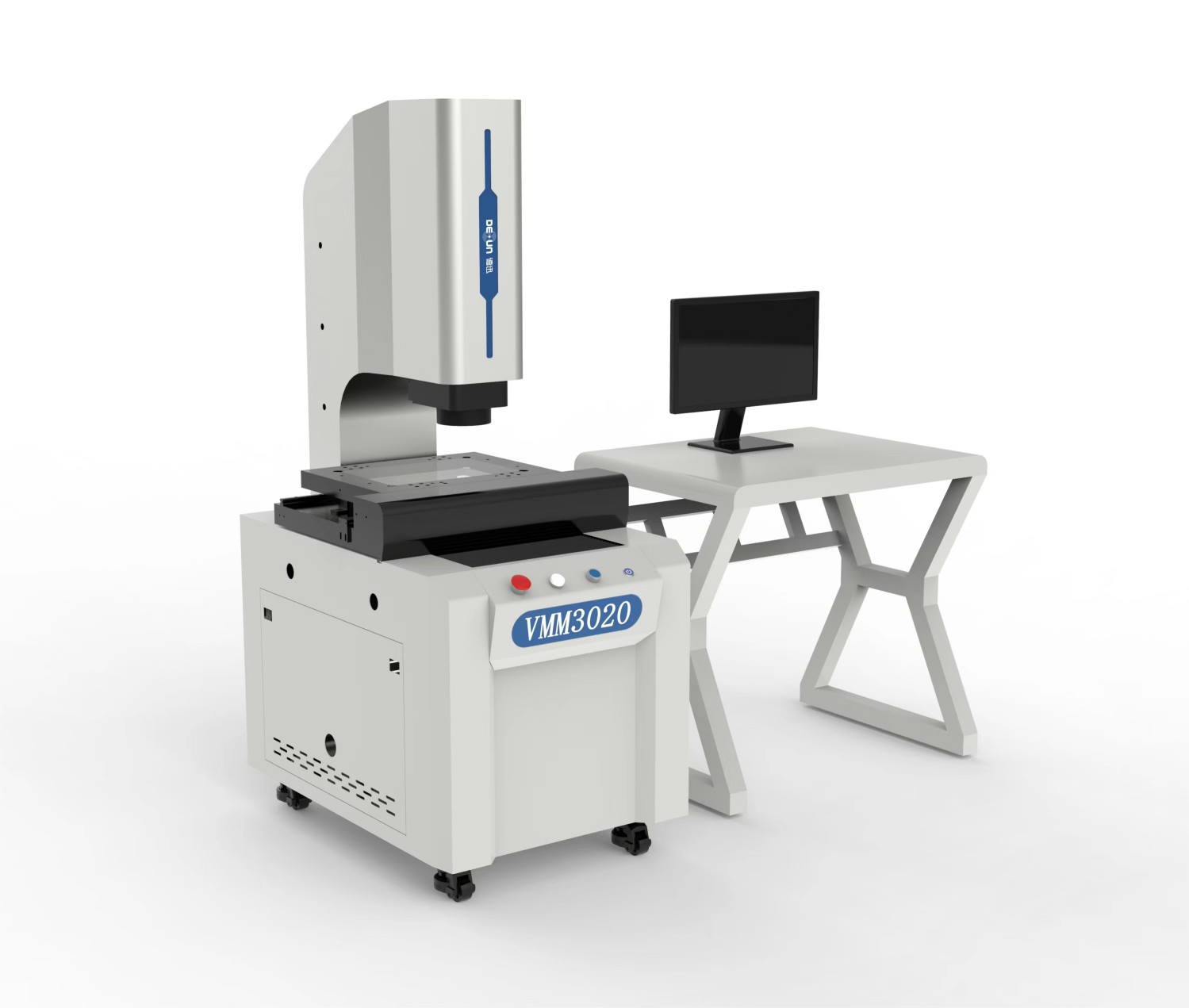Agarose gel 4 B
Agarose gel 4B is a spherical particle prepared from 4% agarose and used as a gel chromatography medium.
1 Physical and chemical indicators
Project | Indicator |
Matrix | 4% agarose gel |
Separation range | 70000~20×10 6 (globulin) |
shape | spherical |
Particle size | 45~165 μm |
Recommended flow rate | 11 cm/h * |
Withstand voltage | 0.018 MPa |
pH range | 4~9 |
Chemical stability | Can withstand 8mol / L urea, 6mol / L guanidine hydrochloride |
* Detection conditions: Column 10 mm × 300 mm * Column bed height 5 cm, 25 ° C, mobile phase 0.1 mol / L NaCl.
2 storage
The product should be sealed and stored at 4 ° C ~ 25 ° C (preservation solution is 20% ethanol), ventilated, dry, clean place. Can't freeze. The used column was stored at 4 ° C (20% ethanol). Shelf life: 5 years.
3 applications
This product is a traditional agarose medium with low non-specific adsorption, high recovery rate, and can be reused many times. It is used for gel chromatography purification of samples with large molecular weight difference and low resolution requirements.
3 .1 packing
(1) Allow all materials and reagents to reach room temperature. Prepare a buffer.
(2) Take the required amount of gel according to the size of the column, wash 20% ethanol with deionized water, and mix it with buffer (in the ratio of gel: buffer = 3:1).
(3) Wet and maintain a small liquid level in the column and the bottom of the column with water or buffer, so that there is no bubble at the bottom.
(4) Use a glass rod to guide the homogenate into the column along the inner wall of the column, taking care not to cause bubbles. Open the column outlet to allow the gel to settle freely in the column and connect the column tip to the top of the column.
(5) Turn on the peristaltic pump and let the buffer flow at a flow rate of 1.33 times the flow rate during use to stabilize the bed (note that the pressure does not exceed the maximum withstand pressure of the packing).
3 .2 balance
Allow the buffer to flow through the column at a constant flow rate until the effluent conductance and pH are constant.
It is recommended to use a buffer with an ionic strength of 0.15 or greater to avoid any unwanted ionic interactions between the solute molecules and the matrix. For the recommended flow rate for each Sepharose gel, please refer to the recommended lower flow rate, the higher the resolution.
3 .3 Loading
(1) The sample is prepared with a balance solution, and the sample must be centrifuged or filtered before loading.
(2) The recommended sample volume is 2-5% of the total bed volume.
3 .4 elution
Elution with buffer, the flow rate was maintained during the elution, and the buffer composition was unchanged.
3 .5 regeneration
It is usually washed with a buffer to balance and can be used again.
In some applications, substances such as denatured proteins or lipids do not elute during regeneration. These can be cleared using the steps below.
The following situations occur and must be cleaned and regenerated:
(1) increased back pressure;
(2) the color change at the top of the column;
(3) Reduced resolution;
(4) A gap occurs between the adapter and the surface of the gel.
If an increased back pressure is observed, check each filter valve and filter membrane in the pipeline for contamination before starting the column cleaning procedure;
The precipitated proteins, non-specifically bound proteins and lipoproteins were removed by washing the column with 0.1 M NaOH at the recommended linear flow rate.
3 .6 attention
When packing, using, and preserving the column, always avoid the flow of dry air bubbles from the column.
Precautions:
1. Before loading, the sample must be filtered through the membrane and the pigment removed. Otherwise, impurities and pigments will be adsorbed onto the filler, which will affect the normal use of the filler.
2. Avoid the use of high concentrations of strong acids and bases during use. The acid and base concentrations should be less than 0.15 moles. The base slows the flow rate.
3 Different samples, adsorption and elution methods are not the same, may be performed according to the relevant literature.
One Button Flash Test Splicing
Instrument Introduction
1. Ultra large field of view, no distortion, fully automatic, and high-precision.
2. Simply place the workpiece in the effective measurement area and lightly press a button to instantly measure all two-dimensional dimensions.
3. Any workpiece can be placed and multiple measured objects can be recognized simultaneously.
4. Any tedious measurement task becomes incredibly simple.

One Button Flash Test Splicing,Video Measurement Splicing Instrument ,Measurement Splicing Instrument,Batch Detector
Zhejiang dexun instrument technology co., ltd , https://www.dexunmeasuring.com